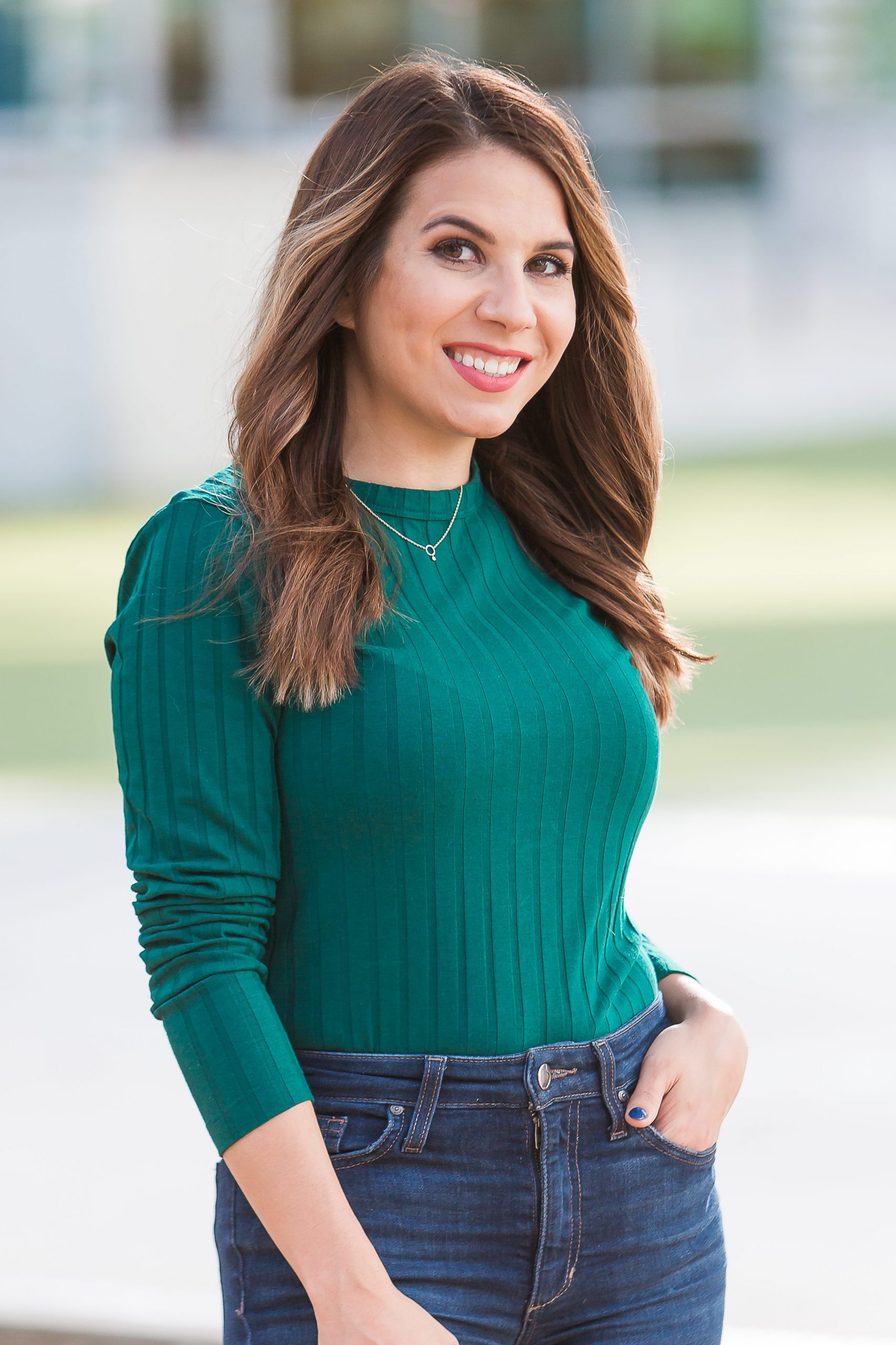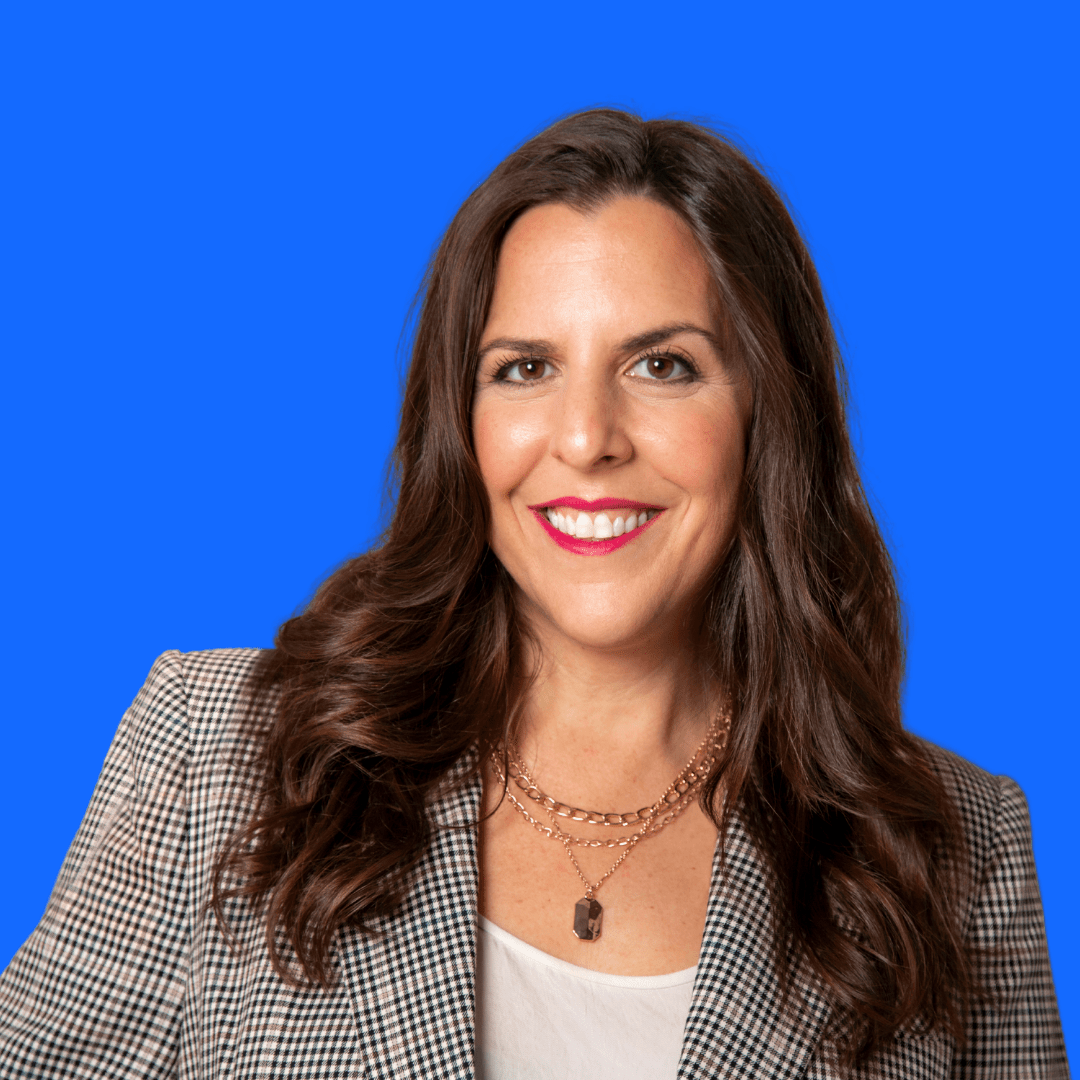The Crunchbase “Female Founder Series,” is a series of stories, Q&As, and thought-leadership pieces from glass-ceiling-smashers who overcame the odds and are now leading successful companies.
Growing up in a rural area with limited medical resources, Michelle Davey became passionate about improving patient access to care. Her career took her on a journey through both tech and health care at notable companies like Google, Favor and Medtronic. When she set her sights on virtual care, her personal and professional goals finally aligned. After recognizing the need for a new workforce configuration in health care, she co-founded Wheel.
Davey started Wheel in January 2018, after working in the telehealth industry and realizing no one was looking out for those at the center of the health care engine: the clinicians on the front lines. Wheel empowers clinicians with more freedom and balance in their medical careers by improving their experience and access to opportunities in virtual care.
A thought leader and influencer in the digital health space, Davey is focused on the urgent need for reinventing health care delivery models, clinician empowerment and the future of work in health care. She’s also passionate about eradicating bias in medicine against marginalized groups and increasing access for all patients — particularly underserved populations.
In this Q&A, Davey shares her experience scaling a digital health company during the pandemic, guidance for founders on picking the right investors, and more.


Q: What inspired you to start your company?
My background is primarily in recruiting and operations from health care, to tech, to finally health tech. Over my career, I’ve built teams that recruited tens of thousands of people—including nearly 50,000 drivers for an on-demand delivery startup.
When I moved over to a telehealth startup, I was surprised and humbled at how difficult it was to build a scalable nationwide clinician network. State-by-state telemedicine regulations make it incredibly challenging to build and manage a workforce that can meet patient demand in real-time. We knew that if our company was having trouble, others were as well.
That’s where the idea for Wheel first came about in 2018. While we didn’t predict the pandemic, we did foresee the eventual demand for virtual care and the eventual challenges in meeting that demand. Today, we bring together both the technology and the clinicians to power many of the telehealth services you’re familiar with. We make it simple for companies to launch a virtual care service under their brand and offer clinicians one place to manage their virtual care practice. In other words, Wheel is everything that companies and clinicians need to deliver care virtually.
Our belief in the potential for virtual care also comes from a personal drive and experience with the health care system. Growing up in a rural part of Texas with an undiagnosed autoimmune condition, I spent 15 years of my life shuttling between doctors’ offices and exam rooms trying to figure out why I felt so sick. My symptoms only grew worse over the years until I finally received a diagnosis in my mid-20s. Access to telemedicine could have been a lifeline for someone like me, and, unfortunately, I know my personal experience is hardly unique in this country.
Q: What problems were you trying to solve with your company?
There are three major problems we’re trying to solve. First, the pandemic has forced the health care industry to recognize we’re facing a nationwide clinician shortage with an estimated 2.3 million new health care workers needed by 2025. The pandemic has only made this crisis worse, leading 1 in 5 health care workers to think about leaving the profession altogether. We’re focused on building a more efficient way to leverage our shrinking workforce—which includes allowing clinicians to work across multiple companies at the same time—and helping clinicians to fall back in love with practicing medicine.
For patients, expanding access to care often means overcoming geographic and socioeconomic barriers. At Wheel, we’re able to take this one step further by not only expanding access to care, but by expanding access to the best care for the patient at their time of need. Our platform connects patients with the best clinician for their care needs across more than a dozen attributes. For example, connecting LGBTQIA+ patients with primary care clinicians that have been trained to provide queer-competent care.
Finally, we fundamentally believe the health care industry needs more players in the game if we’re going to successfully upend the status quo. Yet, even the most talented and well-resourced companies have stumbled along the way. Tech is challenging and expensive to build, regulations are complicated and prohibitive, and clinicians are scarce and burned out. That’s why we’re focused on removing barriers to innovation and making it as easy as possible to turn big ideas about the future of health care into reality.
Q: Can you describe why you chose to build a company that is “clinician-focused,” and what that means?
We’ve built Wheel around the idea that empowered and engaged clinicians lead to healthier patients. In other words, we can only expect doctors and nurses to take great care of us if we’re also taking care of them. Unfortunately, for far too long in the health care industry, clinicians are often left out of the conversation or completely ignored. Even before the pandemic, nearly half of health care workers said they were burned out.
Since we can’t magically create millions of new health care workers overnight—or erase the toll and trauma of treating COVID patients on the front lines—we have to establish a new way to work for clinicians that prioritizes their best interests.
We do this by bringing the future of work to healthcare, providing clinicians with the autonomy and freedom to be their own boss, allowing technology to do the heavy lifting rather than get in the way of patient care, and offering the flexibility for them to provide for their family and also spend time with their family.
Q: How did you approach scaling your business during the pandemic when telehealth was in its highest demand to date?
Now that we’re 15 months into the pandemic, it’s clear that patients are eager to continue seeing the doctor virtually. We started the company two years before the pandemic with the hypothesis that we would need to find a better way to meet the demand for virtual care. Our instinct proved to be true, which put us in a good position to immediately meet the demand from our current and new clients amidst the pandemic.
Over the last year, we’ve grown by 300 percent and delivered nearly half a million patient visits. Our clinician network also grew by 450 percent, largely driven by organic growth. We also invested in building out our product offerings to meet the needs of the developing digital health industry, including introducing a white-label virtual care platform and expanding into behavioral health.
It’s been quite the year for our team, which has quadrupled in size while shifting to a remote-based workforce. We aren’t done growing yet, either. That’s one of our top priorities today so we can continue to support our clients and our clinicians.
Q: What is your advice for other female digital health founders at the beginning of their entrepreneurial journeys?
My number one tip is to focus.
Focus on your network so you can lean on leaders, investors, board members and advisers to help you understand your business and industry from a holistic perspective. It’s impossible to be an expert across the entire landscape and build a sustainable business without being able to understand how your industry operates. This is especially important in health care.
Second, focus on the problem you want to solve. I guarantee that once you identify that initial problem, you’ll soon identify another dozen problems related to that first spark of an idea. The challenge is keeping your attention on what you are uniquely positioned to solve before moving on to the next hurdle.
Third, focus on your own journey. It’s very easy to get distracted by other founders and their own success. This is a topic I wish founders were more willing to talk about openly. Any good founder will admit the biggest pressure they’re facing is often internal, and this pressure only compounds over time as your company grows. Founders need to channel their drive in a way that sets them up for success, as well as for their team and their company.
Q: Can you share guidance on how entrepreneurs can pick great investor partners?
This goes back to what I was sharing earlier about focusing on your network and recognizing what you know, as well as what you don’t know. Finding an investor who can help fill in the gaps while painting a broader picture is crucial, especially when you’re in the earlier stages of building a company.
Over our last two rounds, I have also been purposeful about seeking out woman investors. I’m especially aware that within health care, I’m one of the few woman founders and CEOs outside of femtech. The fact that I’ve been underestimated only reinforces my innate drive, but I also make sure to take a step back and recognize that I’m on my own path. Having investors on our side who have been in similar positions has been a personal priority.
Once you’re able to lock in investors, that’s just the beginning. Investors may be looking for fast growth, but they’re also looking for a solid and sustainable business. In order to make that happen, all stakeholders need to be involved. Work with your investors, board and leadership team to determine which metrics matter the most.
Q: How have you integrated your values and mission into your own company structure?
We selected our company name because the first wheel was invented thousands of years ago to help move something that one person couldn’t do alone. This concept represents how we work with each other and how we define our values— a commitment to moving the health care industry forward together with all stakeholders playing an integral role. From the outset, we recognized the importance of building an intentional culture and embedding our values into how we interact with each other.
This approach has proven to be crucial over the last year as our team quickly grew. One of the most important things we do as part of every interview panel is incorporate a “value-fit” interview. This allows our candidates to learn more about our values—grit to grow, empathy every day, be trusted, high velocity—and ensure they meet what they’re looking for in their next opportunity.
Q: Can you describe your process of raising your Series B round?
There were two major differences between raising our Series A and Series B rounds. First, we didn’t have to convince investors of the potential of virtual care. The pandemic proved that telehealth is here to stay, even as the country starts having the option of seeing their doctor in person again.
Second, many of the investors we spoke with were familiar with Wheel because they had heard our the name come up in meetings with their health tech portfolio companies. They understood how challenging and expensive it can be to grow and scale a virtual care service, and why Wheel’s approach makes sense.
Q: What are you going to use the new Series B funds for?
We’ll continue investing in the clinician experience by providing more extensive training and education, supporting them in the transition towards virtual-first health care.
We’re also focused on our virtual care platform and adding new features and improvements throughout the year so we can support our clients in building consumer-driven health care experiences.
We plan to continue growing the Wheel team, too. As mentioned, we’ve more than quadrupled the size of our company since the outset of the pandemic and we will likely double by the end of the year.
Q: What do you find most rewarding about your experience as a founder so far?
Right after we closed our Series B round, I took a step back and thought about the journey of turning an idea into a full-fledged business. We have nearly 100 employees rallied around our belief that we need to change the way health care works. We work with the most innovative and forward-thinking organizations in digital health, as well as the most compassionate and dedicated clinicians who believe in the power of virtual care. And we’re only getting started.





